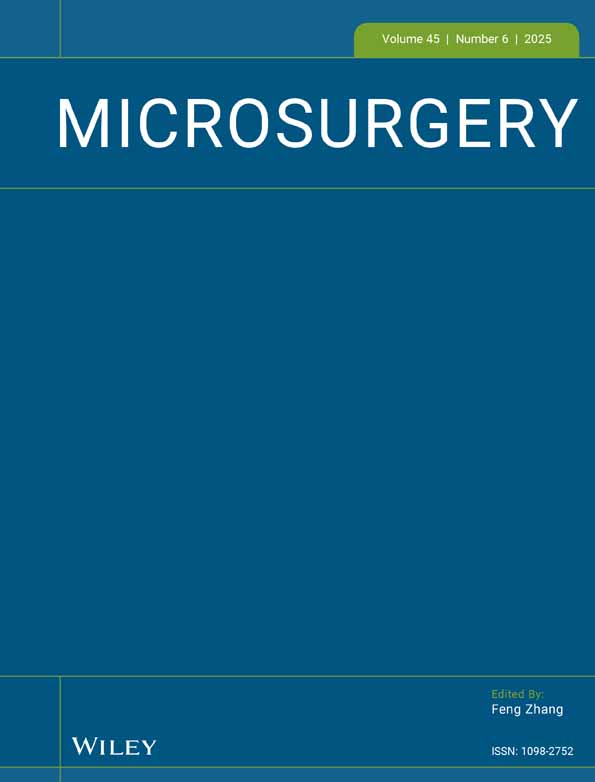The versatility of vascularized iliac crest with internal oblique muscle flap for composite upper maxillary reconstruction
Abstract
The middle third defects of the face following total or partial oncologic maxillectomy include very important facial structures, both for esthetical and for functional reasons. Among the outcomes, large oronasal or oromaxillary fistulas due to destruction of big bone segments and soft tissues have long been the consequences of such extensive surgical ablations. In the last few years, immediate reconstruction of maxillary bones and soft tissues has proved to be a reliable morphofunctional reconstruction technique following surgery for large oncological defects or the late effects of radiation therapy. Among other free flaps such as composite fibula, composite scapula, or composite radial, the use of vascularized iliac crest with the internal oblique flap has become our flap choice for morphofunctional maxillary reconstruction for bone segments within 6–15 cm of length, and when there is no need for overlying facial skin or oral sphincter reconstruction. The advantages of this composite bone flap are its available large and resizable bone stock; the quality of the bone for transfer (optimal height, depth, and contour to maintain a good facial profile); and the possibility to properly reconstruct the oral lining, orbital content; and maxillary soft tissues with a portion of the internal oblique muscle flap raised with the same pedicle. In addition, this flap's soft tissue will epithelialize during the healing stages. © 2007 Wiley-Liss, Inc. Microsurgery, 2007.




